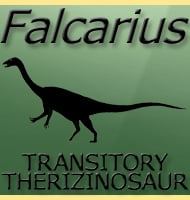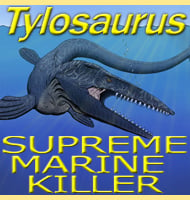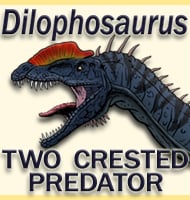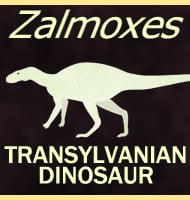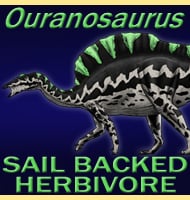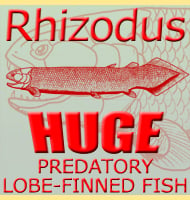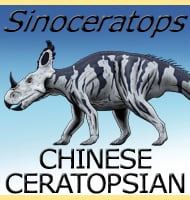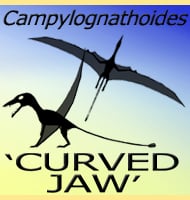In Depth
It is quite surprising when you think about how Aublysodon is represented in so many dinosaur books and internet sources even though back when it was described in 1868 it was only from teeth. Still this was a sign of the times back then with other discoveries such as Troodon, which was also named by Joseph Leidy, also initially only being described from their teeth.
Aside from the type specimens, further teeth have been attributed to Aublysodon and given separate species. However further study of these specimens has revealed that they probably belong to other tyrannosaur genera, possibly juvenile individuals of Tyrannosaurus. Partial skulls and post cranial remains have also in the past been attributed to Aublysodon, but upon more detailed study have been found to probably belong to Daspletosaurus.
The future for Aublysodon as a distinct genus of dinosaur is highly uncertain because not only is it difficult to attribute remains to this genus, the original holotype specimen is now lost to science. This makes it impossible to re-examine the holotype to confirm if Aublysodon should remain its own genus.
Further Reading
– Remarks on a jaw fragment of Megalosaurus. Proceedings of the Academy of Natural Sciences of Philadelphia. – J. Leidy – 1868.

